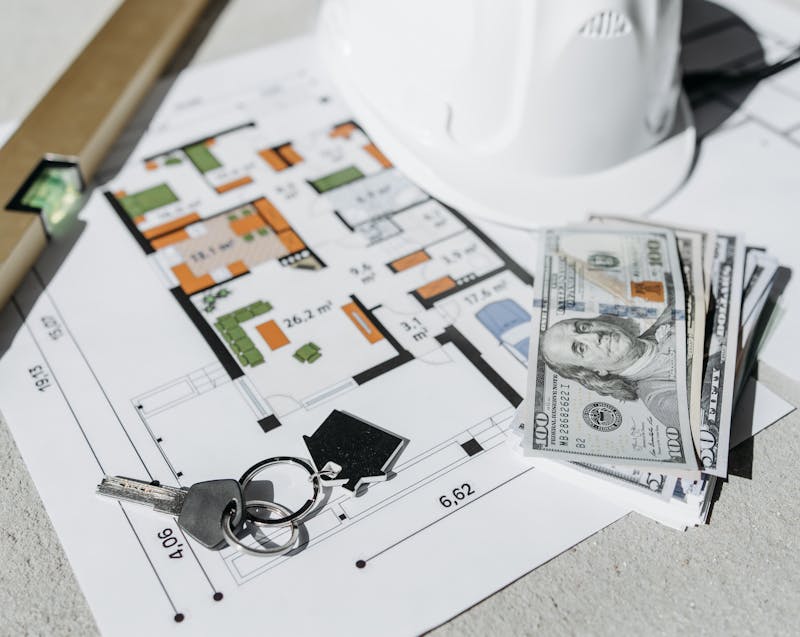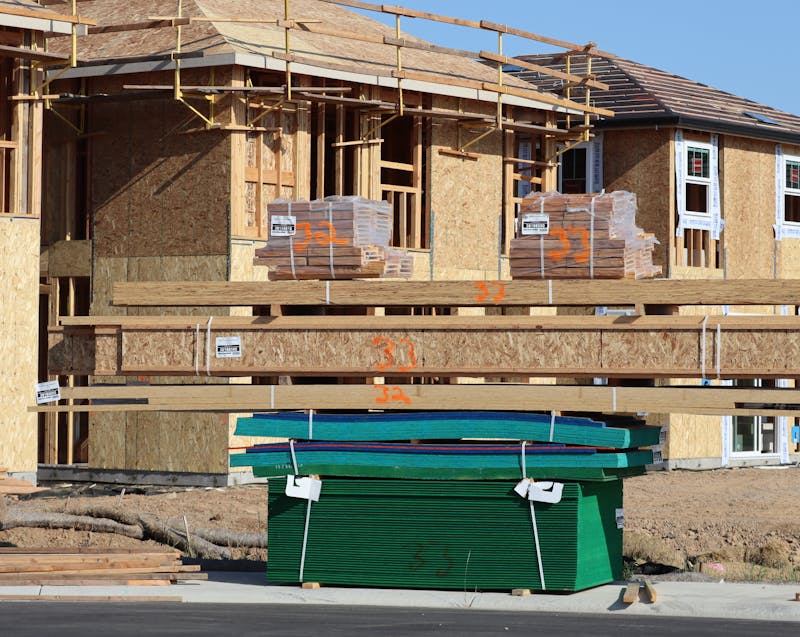- Building a home on your own land is achievable with careful budgeting and smart financial planning.
- Research land prices, zoning rules, and hidden costs before making any purchase.
- Simplifying your home design and choosing cost-effective materials can significantly lower construction expenses.
- Working with reputable builders and getting pre-approved for financing prevents costly delays and overspending.
- Always keep a contingency fund (10–15%) for unexpected costs during construction.
- Energy-efficient designs and sustainable choices can save money in the long run while increasing your home’s value.
Owning a home is one of life’s biggest milestones, but for many people, the dream of building their own house feels financially out of reach. Between the costs of purchasing land, securing permits, and managing construction expenses, the process can quickly become overwhelming. However, with careful planning and smart financial decisions, it’s entirely possible to buy land and build a house without draining your savings.
This guide will walk you through practical budgeting tips, cost-saving strategies, and essential steps to make your homeownership journey achievable and affordable. Whether you’re starting from scratch or planning your forever home, these insights will help you manage your finances wisely while building the home you’ve always wanted.
How Much Does It Really Cost to Buy Land and Build a House?
Before diving into budgeting strategies, it’s essential to understand where your money goes. The cost of buying land and building a home can vary widely depending on location, design, materials, and the level of customization.
Typical expenses include:
- Land purchase – Prices depend on location, accessibility, and size. Rural areas tend to be cheaper than urban zones.
- Site preparation – Clearing trees, leveling the ground, and setting up utilities can cost thousands.
- Design and permits – Architect fees, engineering reports, and building permits add up.
- Construction costs – Materials, labor, and finishing work typically take the largest portion of your budget.
- Unexpected expenses – Delays, price changes, and unforeseen repairs can inflate your costs by 10–20%.
Knowing these factors helps you set realistic financial expectations from the start, preventing unwanted surprises during construction.
Smart Ways to Budget Before You Buy Land

Budgeting for land and construction starts long before you sign any paperwork. Planning early helps you avoid unnecessary spending and focus on what truly matters.
Here are a few practical tips:
- Set a clear budget limit. Decide how much you can afford for both land and construction combined.
- Research average land prices. Explore listings in your desired area and compare property values.
- Check zoning and utility access. Some affordable plots might require costly improvements like well installation or septic systems.
- Factor in hidden costs. Taxes, surveys, and closing fees should all be part of your land budget.
- Save for a down payment. A larger down payment reduces loan interest and overall debt.
By laying out these numbers early, you gain better control over your financial planning and can choose land that suits both your lifestyle and your budget.
How to Buy Land and Build a House Without Breaking the Bank
Now that you have a solid budget in place, the next step is learning how to make the most of every dollar. Here are proven ways to stretch your funds and stay within budget:
- Choose affordable land wisely. Look for developing areas just outside major cities. These locations often offer cheaper land prices that appreciate over time.
- Opt for a simple home design. Complicated layouts and luxury finishes increase costs significantly. A smaller, energy-efficient home can save money upfront and long-term.
- Work with reputable professionals. Hiring experienced contractors, builders, and architects ensures the project stays on track, preventing expensive mistakes.
- Do some work yourself. If you’re handy, consider taking on simple tasks like painting or landscaping to save on labor costs.
- Shop smart for materials. Buy building materials in bulk, look for sales, and compare suppliers before committing.
- Plan for sustainability. Energy-efficient windows, solar panels, and smart insulation reduce utility bills and increase your home’s value.
Many homeowners also wonder, Is it cheaper to build or buy a house? The answer depends on your goals, location, and how efficiently you manage the process. With smart budgeting, building can often be more cost-effective than purchasing a pre-built home—especially when you control design choices and avoid unnecessary upgrades.
By combining these approaches, you can significantly lower your total expenses while still building a beautiful, functional home.
Financing Tips: How to Make Your Budget Work for You

Financing is often the biggest challenge for people who want to have a house. The good news is that there are several ways to make borrowing and repayment manageable.
- Explore land and construction loans. Some lenders offer specialized loans that cover both land purchase and building costs, simplifying the process.
- Get pre-approved early. Knowing your borrowing limit helps you stay realistic when selecting land and home designs.
- Compare interest rates. Even a small difference can save thousands over the life of a loan.
- Avoid over-borrowing. Keep your monthly payment within a comfortable range, ideally below 30% of your income.
- Use contingency funds wisely. Always reserve 10–15% of your total budget for unexpected expenses or delays.
Good financing decisions allow you to stay on track and finish your home project without financial stress.
Final Thoughts: Building Your Dream Home on a Budget
Buying land and building a house can be one of the most rewarding investments you’ll ever make—but it doesn’t have to be financially overwhelming. With a solid plan, the right professionals, and smart spending habits, you can achieve your dream home while staying within your means.
Focus on what’s essential, compare costs, and plan for the unexpected. By following these practical tips, you can turn your vision of homeownership into reality—without breaking the bank.

